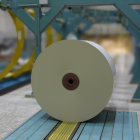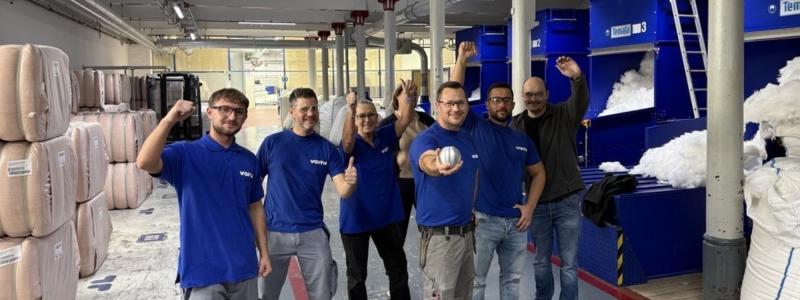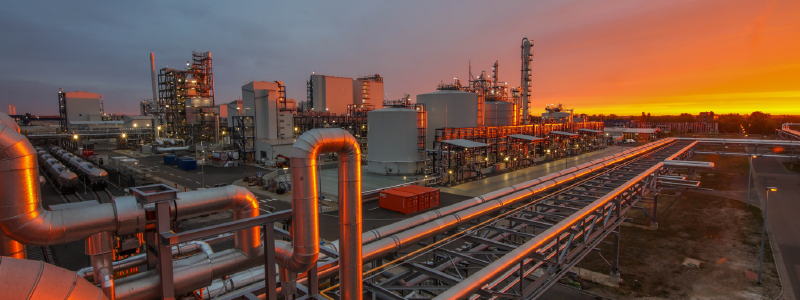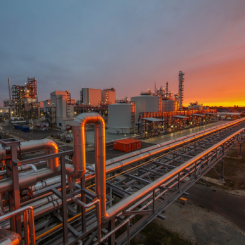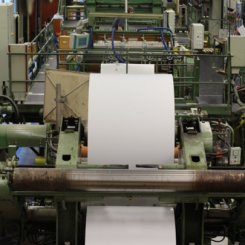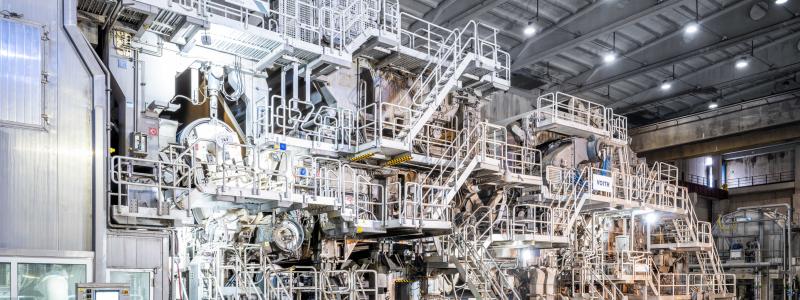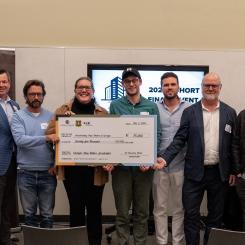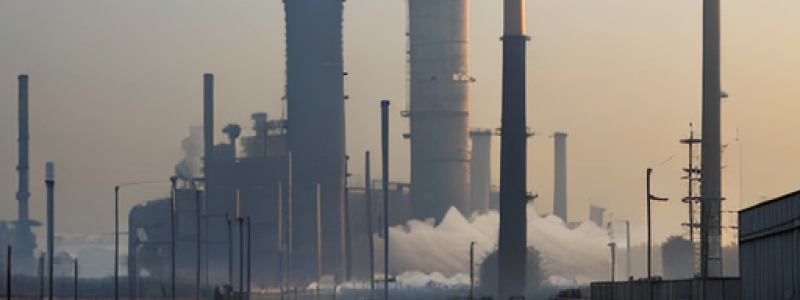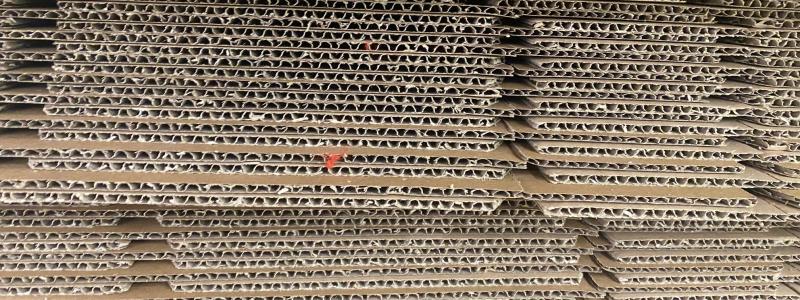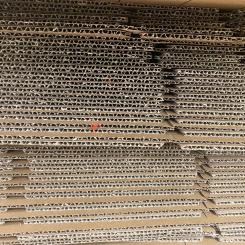Nippon Paper Industries Co. announces that it has developed new biomass solid fuel using torrefaction technology under the project of the New Energy and Industrial Technology Development Organization (“NEDO”) adopted for fiscal 2011.
The experiments of co-firing were conducted on a pulverized coal boiler at the Yatsushiro Mill (Yatsushiro, Kumamotro) of Nippon Paper Industries and as a result, 25% (as weight ratio) of new biomass solid fuel could be incorporated under the maximum load of the boiler. The experiments confirmed that there are no problems with the runnability of a coal pulverizing facility and the combustibility of a boiler.
In Japan, the rate of dependence to coal-fired power generation is increasing under the influence of the Great East Japan Earthquake, and reduction of the greenhouse gas (CO2) amount of emergence which is increasing in connection with it has been a subject. Recently, pulverized coal boilers with enhanced combustion efficiency are being used principally as coal fired boilers. Companies including Nippon Paper Industries are promoting the co-firing of woody biomass fuel such as wood chips and wood pellets to reduce CO2 emissions. However, the co-firing rate for these fuels in a pulverized coal boiler has remained about 2% to 3% because they cannot be pulverized efficiently and also because of their water resistance when storing them outside, among other problems.
New biomass solid fuel developed by Nippon Paper Industries recently under the project of NEDO can retain about 90% of its heat quantity by using technology to semi-carbonize woody biomass (torrefaction), compared with about less than 50% for normal carbonization. In addition, new biomass solid fuel may enhance the crushability and water resistance and significantly improve the co-firing rate of biomass in a pulverized coal boiler.
Nippon Paper Industries, as a comprehensive biomass company promoting the comprehensive use of wood, will further pursue the improvement and demonstration of the manufacturing process for new biomass solid fuel and will continue developments to provide next-generation biomass fuel with higher efficiency.


